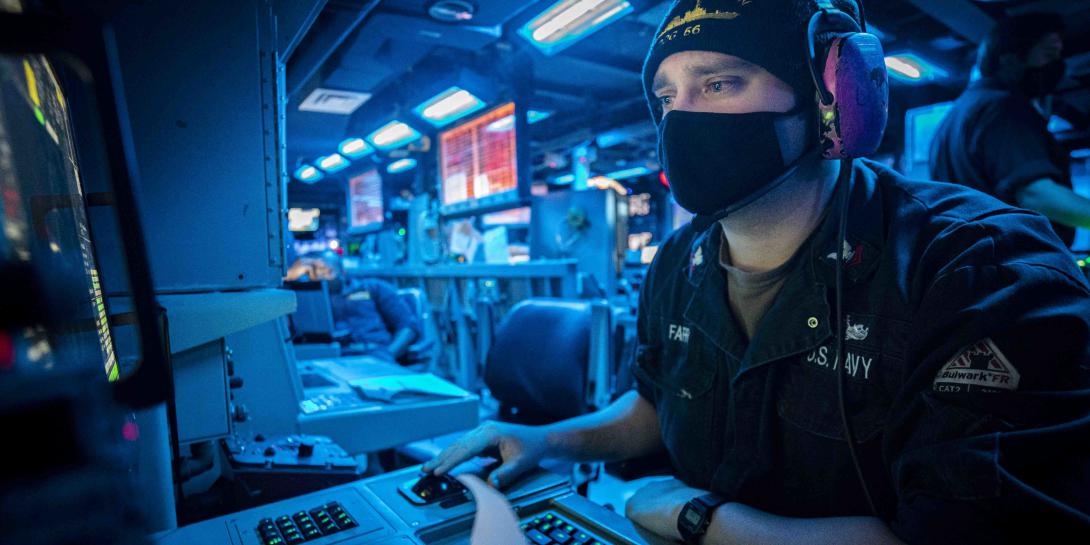Navy Seeks Swiftness
The U.S. Navy is looking for speed—not faster platforms or vehicles but innovation. Introducing new capabilities into the force rapidly is vitally important to maintaining the combat edge necessary to deter or defeat adversaries who are building up steam in their efforts to confront the U.S. military.
Accomplishing this task will require tapping industry for novel information technology advances and ensuring its success may entail working with the commercial sector to steer it into the right areas to suit naval needs. Ultimately, software-defined systems may hold the key to staying ahead of the deployment curve in technology-based systems.
“Don’t give me a solution that’s a five-to-10-years-from-now program,” states Vice Adm. Jeff Trussler, USN, deputy chief of naval operations for information warfare and director of naval intelligence (N2/N6). “Learn to get faster and be more agile.”
And agility is as much a priority as speed, the admiral allows. Most legacy command, control, communications, computers and intelligence (C4I) systems are “too hardware-based,” Adm. Trussler says. Radios and data centers are supported by specific operating systems and upgrading these support systems often requires upgrading or even replacing the hardware. That becomes especially difficult with ships, aircraft or submarines, he notes.
“Every time we decide we want to upgrade some capabilities in a C4I system, we have to programmatically plan that into our ship install modernization capability,” he relates. “And that sometimes takes two to three years. We have to get out of designing systems that are hardware-limited and hardware-based.”
This means turning to software-based systems, Adm. Trussler continues. These include software-defined communications and routers, for example. Then, improvements could be tested in a relevant environment immediately prior to upgrading the fleet without hardware changes or a three-year test cycle, he says.
Adm. Trussler maintains that commercial and military experts can solve the current technological problems. The challenge is to incorporate technology at a relevant speed. “We’re working on many capabilities and technologies that we need, and we need them right now,” he states.
“We tend to spend a year or two designing, testing, proving, and then multiyear timelines in some cases to integrate them in with our fleet,” he continues. “And that is just not relevant speed.”
The Navy must find ways to take what industry is making in profit-driven methodologies and convert it into opportunities for the service, Adm. Trussler states. This is especially true in the C4I world, which is more dependent on the kinds of technologies that industry is speeding to market. Communications and the ability to manage and move information is a competitive industry, he points out, adding that ideas often outpace the Navy’s ability to incorporate them.
Getting to the place where speed provides solutions rapidly will require collaborating with the other services, and the Navy is working with them on the Joint All-Domain Command and Control (JADC2) effort, Adm. Trussler allows. Much of this work has come through established joint exercises and demonstrations rather than JADC2-specific events.
He says the Navy has done a great job over the years in building good platforms—ships, submarines and aircraft—with their own organic sensors that can be used to launch or control weapons and effects. However, the Navy could have done a better job of making those platforms more interoperable for passing sensor data and targeting solutions to others, the admiral admits. The Navy has been working toward this goal for several years and has made significant progress, he states.
To learn more about what the U.S. Navy needs from industry, read more in SIGNAL Magazine’s February issue, which will be available online.





Comments